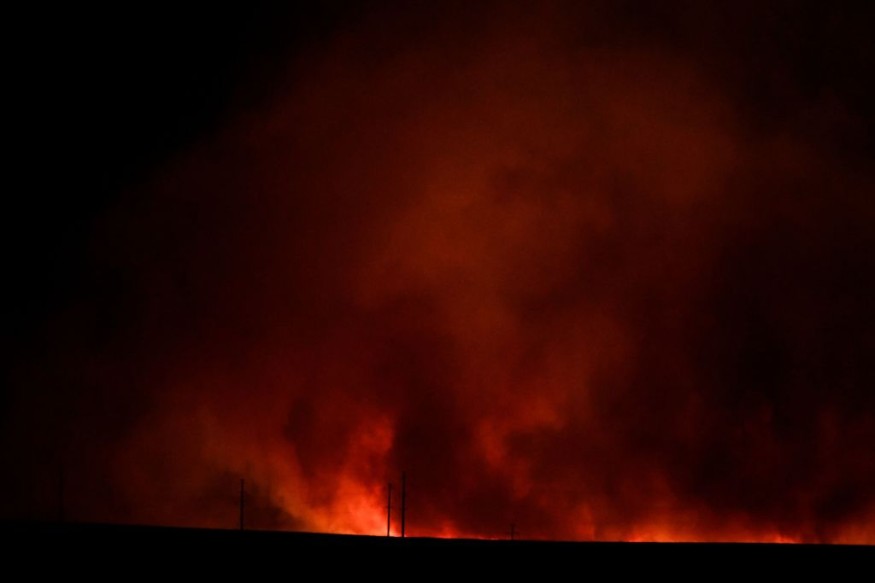The airborne particles from wildfires can last in the atmosphere even for more than a week.
Wildfire smoke particles have been discovered by environmental chemists and toxicology researchers from the University of California, Davis (UC Davis) to have lasting effects on the climate than previously thought, as per a new study.
Wildfire Smoke Particles

In a press release by the UC Davis on Wednesday, March 23, regarding its research, it was found that even hundreds of hours during the aftermath of a wildfire, "biomass burning organic aerosols" or wildfire smoke particles can still affect the climate.
In the new study published in the journal Environmental Science and Technology on March 1, researchers focused on wildfire emission of toxic airborne particles in the Western United States while under clean air conditions.
This means that the study was conducted without the presence of storms and that the climate background is normal for the region, which has been conventionally known to be warm almost throughout the year.
Not known to many, wildfire aerosols can continue to influence the formation of clouds even for up to 10 days, as per the study.
It reportedly acknowledged that previous research has only focused on the effects of wildfire smoke in the short-term or early hours timeline and not for several days.
Biomass Burning Organic Aerosols
The research highlighted that fragments of smoke from the wildfire have led them to explore the aging of biomass burning organic aerosols comprised of black carbon, which is considered to be a greenhouse gas that can affect the atmosphere.
The aerosols were named as such since they have been proven to be detrimental to humans, plants, and animals.
The prolonged presence of these toxic aerosols can result in significant alterations in the climate.
This process has been reportedly overlooked.
As a result, the UC Davis researchers developed a new model that would measure the amount and effect of smoke particles in the air.
Wildfire and Greenhouse Gas Effect
According to the United States Environmental Protection Agency (EPA), carbon dioxide is the main greenhouse gas produced from human industrial activities.
In relation to the study, the black carbon discovered from the wildfire smoke shows that nature has also contributed to greenhouse gas emissions.
The number of other greenhouse gases, including methane, nitrous oxide, and fluorinated gases, in the atmosphere, affected the climate, said EPA.
The effect is evident in such a way that it hastened the process of the greenhouse gas effect, a natural phenomenon characterized by trapped greenhouse gases that allow the retainment of solar heat from the sun.
This heat absorption ultimately leads to global warming and alters the climate of Earth.
Modeling Future Impacts
The UC Davis research team claimed that their new model can help predict wildfire impacts in the future, especially the effects of long-term aerosols in the atmosphere and climate.
In addition, it can also fill a knowledge gap regarding the matter.
According to Qi Zhang, an environmental toxicology professor at UC Davis and the study's lead author, the approach can serve as parameters to benefit atmospheric and chemical models.
Furthermore, Zhang said it is very critical to resolving its effect on the climate, as cited by Science Daily.
© 2026 NatureWorldNews.com All rights reserved. Do not reproduce without permission.





